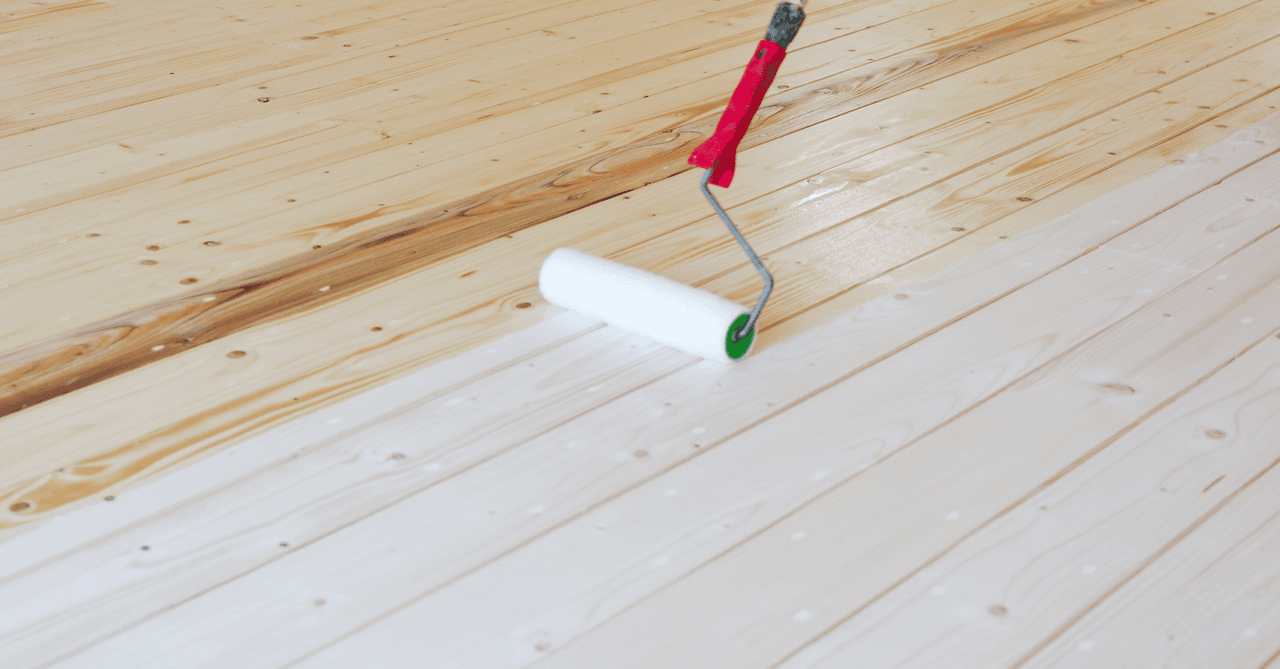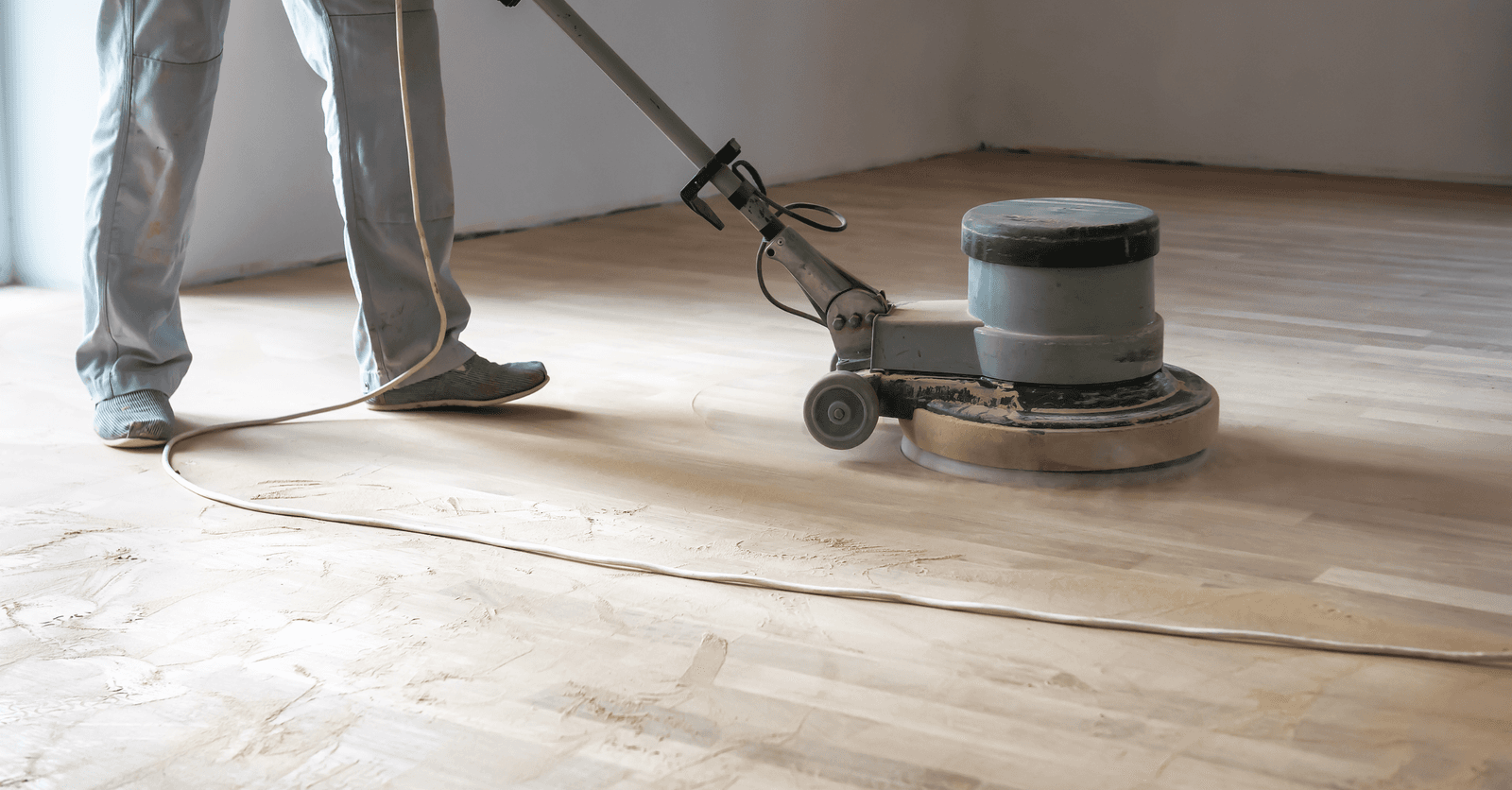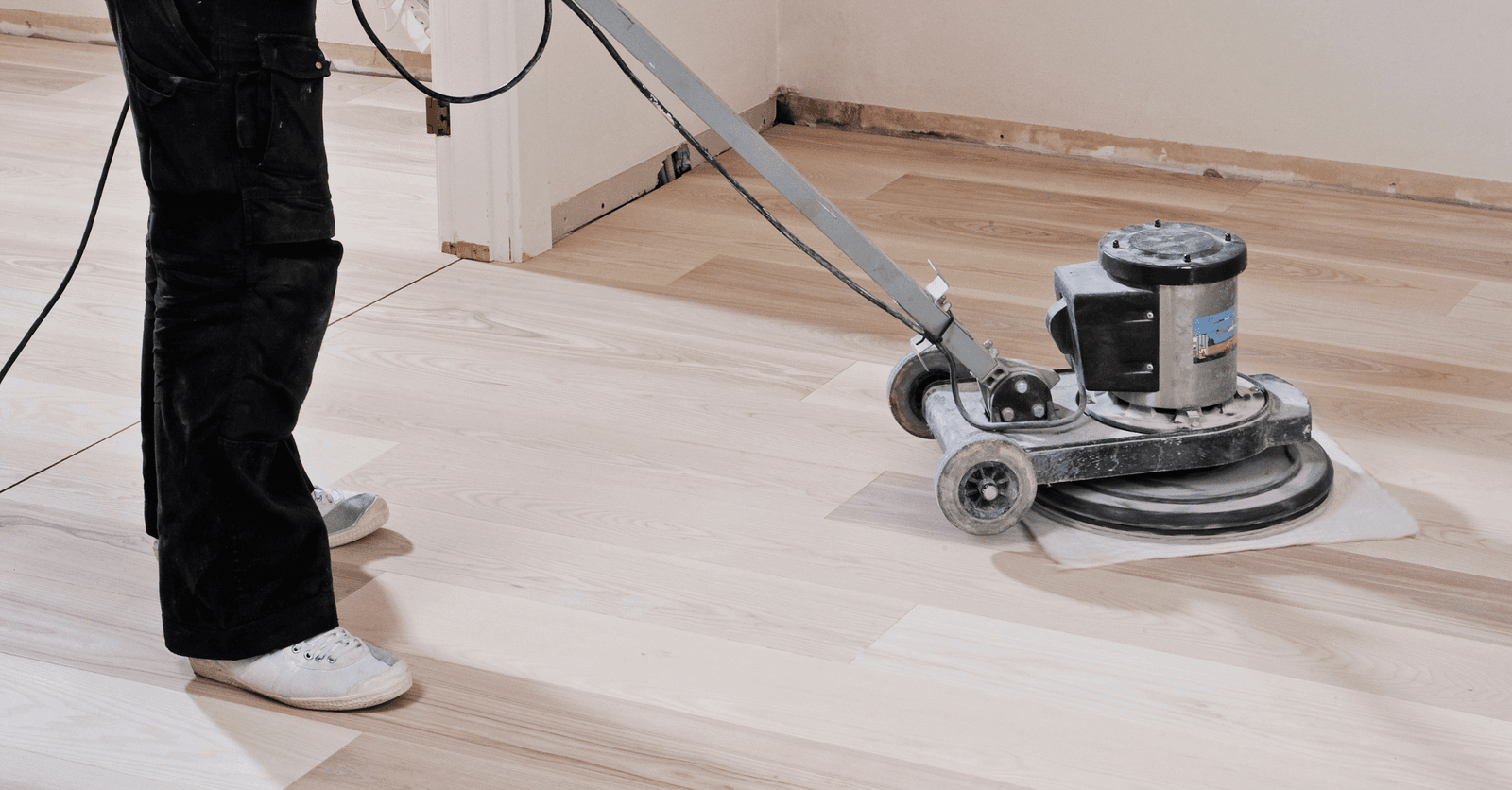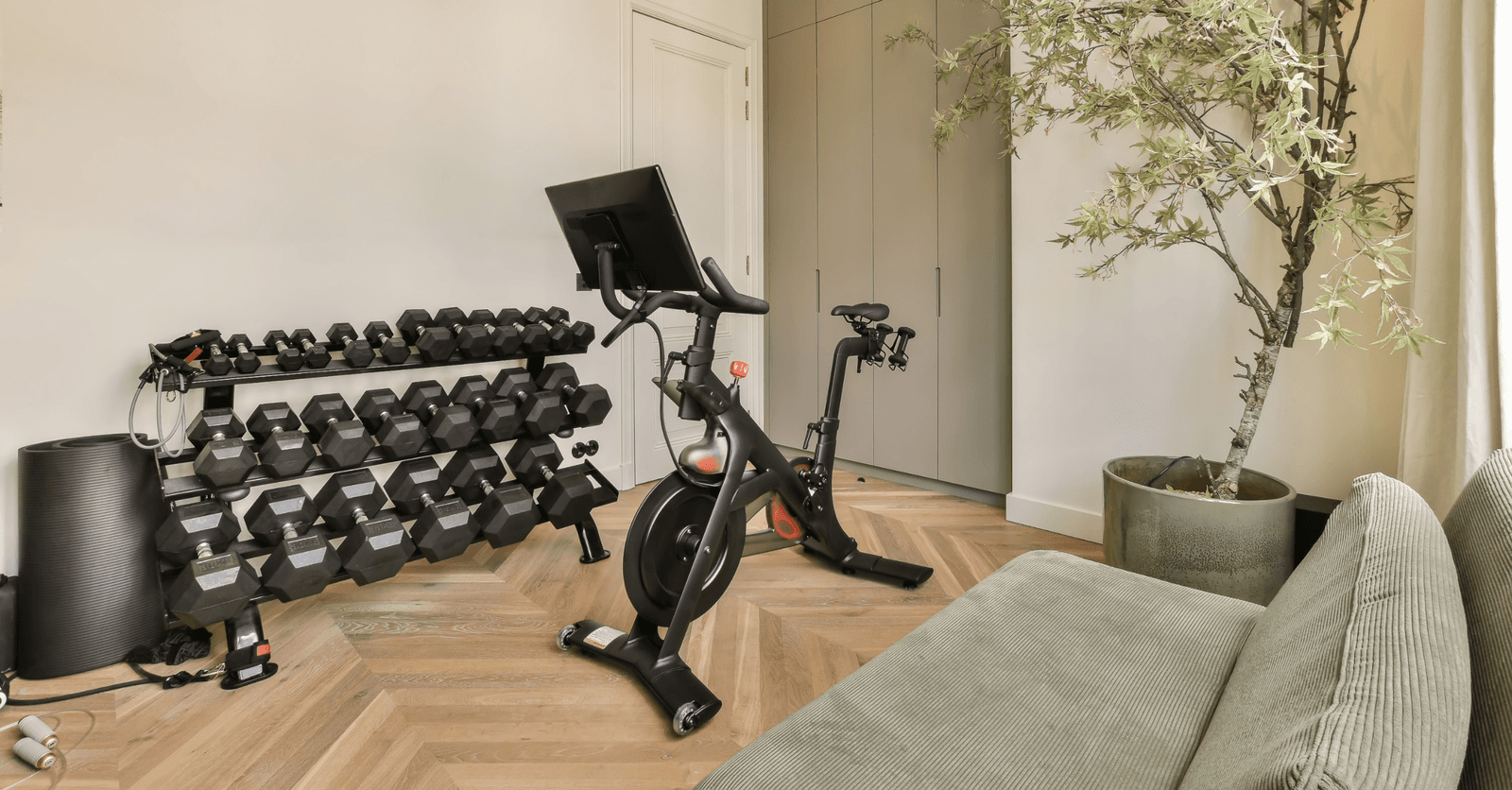
Applying a new finish to your floors every so often is an excellent way to keep your floor looking glossy and good as new with the addition of a protective layer.
Stripping and waxing are necessary, especially if you’ve noticed a build-up of scratches, dents or dirt.
Over time, the layer of our flooring wears down, and in turn, the surface begins to deteriorate. Stripping and waxing your floors can give them an entirely new life. Luckily, this process can be completed by even the most novice of homeowners. So, if you’re thinking about this project you’ve definitely come to the right place.
Here are the steps to strip and wax your floor

Prepare the area
Preparing the area you plan on stripping and waxing is the initial step before putting down any chemicals or compounds. For stripping and waxing to be most effective, you will need to remove all furniture and obstacles from the area where you plan on working. It is recommended that you start with a small area, and do not try to do more than one room at a time.
Have mats close by in case you plan on leaving. This is because your protective footwear will track chemicals into the rest of your home. Speaking of protective footwear, before beginning this job make sure you are properly outfitted in protective gear including gloves, eyewear, a respirator mask as well as the aforementioned footwear. Long sleeves and long pants are also recommended. Make sure to have open windows and doors in order for plenty of air to flow. Remember, you are working with chemicals and for this reason, extra care should be taken.
Stripping: the first steps
The first step to this process, if you don’t count the preparation, is stripping the floor. Take a trip down to your local hardware store and pick up some floor finish stripper. Make sure to choose the correct floor stripper for the material you are working on. Hardwood will become damaged by certain types of floor finish, so take careful note of the label before buying the stripper. Further, for best results, use a floor finish stripper that is the same brand as the last floor wax you used. If this isn’t possible, just go with something made with the same material.
Another thing worth noting is that some floor strippers will be labelled as “no rinse.” This simply means that they will not need to be rinsed off the floor once this stripping process is complete. However, since all floor strippers are solvents, you may prefer to rinse even strippers that do not require such. There are also environmentally-friendly options on the market, and these will be marked with a logo or tag stating such.
After purchasing your chosen stripping compound, it is recommended that you rent an electric floor scrubber as well as a wet-dry vacuum. If you have this equipment already, excellent! Either way, using these tools will make the job much easier. The floor scrubber can be used to scrub away finishes, whereas the wet-dry vacuum will remove any residue left over from the stripper, sealer or finish.
Begin by testing the stripper on a corner of the floor, specifically a part that is not always visible such as an edge or a section hidden underneath furniture. Older floors, especially linoleum, may suffer damage when you try and strip them. If you find that the stripper ruins the patch of floor where you test it, consider another brand. If it’s really bad, contact a professional.
It is also recommended that you line three large buckets with trash bags, keeping them close by to help with clean-up as well as for holding all of the necessary tools.
Start stripping your floor

Source: Canva
Now, once you’ve tested the stripper and determined it works on your floor, it’s time to get down to business. Start in the corner that is farthest from the exit of the room and work your way towards it. If you are stripping the floor by hand, make sure to work in small sections. However, if working with a floor scrubber, strip large sections at a time. Mix the stripper with water, carefully diluting it according to instructions as most strippers cannot be used without diluting them first.
Fill up the second bucket with clean water, using this to rinse the stripping solution from the floor after the finish has been removed. Then, fill the third bucket with necessary tools for the project, and this will include: two mops, scrapers, a toothbrush and scrubbing pads. A quick note that these tools will likely be unusable after this project, so do not use anything you’re attached to.
Afterwards, apply the stripper evenly using a mop, using enough of the stripper to coat the area thoroughly but making sure to avoid letting it seep between seams or cracks. However, apply stripper more liberally in areas where you notice a significant amount of wax buildup. If you have tougher areas of build-up, use an electric floor scrubber to scrape away any additional wax buildup. Once completed, use a toothbrush to scrub away nooks or corners where there might be tiny pockets of excess buildup.
Once you have completed the stripping process, it is time to remove the floor finish stripper. This can be done with a variety of tools, including a floor scrubber, squeegee or a wet-dry vacuum as we previously mentioned. Since you are working in sections, you should be simultaneously cleaning and stripping, alternating sections until you finish the area where you are working.
If you come across a section where there is too much buildup, remove what you’re able to and then reapply the stripper. Once the entire area has been covered, mop with clean water and let dry, making sure that no streaks or traces of the stripper remain.
Do you need more information to complete your project? Check out our article RenoQuotes.com Renovation Guide.
Wax on, wax off

Source: Canva
Once your floor has dried, it’s time to begin the waxing process. Start by reading the instructions on the product to make sure you’re using it correctly. Use a clean mop, and in some instances a brand-new mop. A new mop is recommended to avoid any dirt finding its way into the new layer of wax. There are specific wax mops on the market, sometimes referred to as a flat wax applier mop.
If using an ordinary mop, you’ll need a bucket to pour wax into. Make sure the bucket is lined with a trash bag, as wax is quite difficult to clean. If you’re using a wax applier mop, skip this step and pour the wax directly over the mop itself.
As with stripping, apply the wax to your floor in sections. Get the mop damp with wax, but be certain that it isn’t soaked. Apply the wax in a thin coat and work towards the exit so that you don’t end up trapped in the room. Let the wax dry completely. This process can be sped up with a fan if necessary. However, do not point the fan directly at the floor, as this will interfere with the wax’s setting process. If needed, apply additional layers, but allow each layer to dry before applying the next.
If you’ve got a buffer on hand, buff the floor following the waxing process. Make sure to check if your product advertises “no buffing” or if the floor looks glossy after waxing.
Are you doing a floor renovation project soon? Check out our Home Renovation Price Guide to get have an estimation of the cost of your next renovation project.
Looking for something else?
Related articles
The latest industry news, interviews, technologies, and resources.

Editorial Team
•07 Nov 2023
Setting up a workout space in your home is a great way to maintain your fitness and wellness goals. Yet, the benefits aren’t limited to physical fitness; physical exercise also helps develop self-control.

Editorial Team
•05 Dec 2025
Want to install a laminate floor but not sure where to start? Here you’ll find all the key information and step-by-step instructions to install a floating laminate floor under the best conditions, even if you’re a beginner. We’ll guide you through choosing materials, preparing the surface, and share tips to ensure a durable and attractive installation.

Editorial Team
•12 Mar 2024
Labour mobility in the construction industry is an ongoing issue that garners its fair share of debates. In Quebec, different measures have been taken to foster the hiring of local labour. Still, these measures are often perceived as hurdles to labour mobility for workers from one region to another. In this article, we’ll take stock of the current climate of this situation.

Amanda Harvey
•17 Feb 2025
Water infiltrations into your basement can be caused by a wide variety of things. These can include heavy rainfall on the building's envelope, poorly sealed windows, doors and exterior walls as well as storm sewers backing up.

Editorial Team
•13 Jun 2025
A house’s exterior siding or cladding plays a crucial part in its durability and overall appearance. It’s not solely a question of aesthetics; it’s the perfect shield against all weather-caused deterioration, including rainfall, wind, and sun. A decent siding can improve your home’s thermal insulation, reduce energy bills, and increase property value.